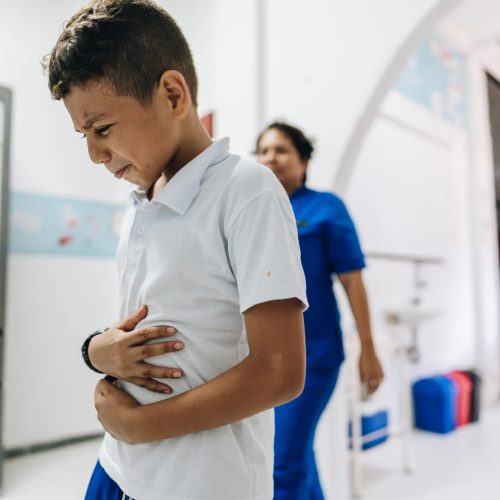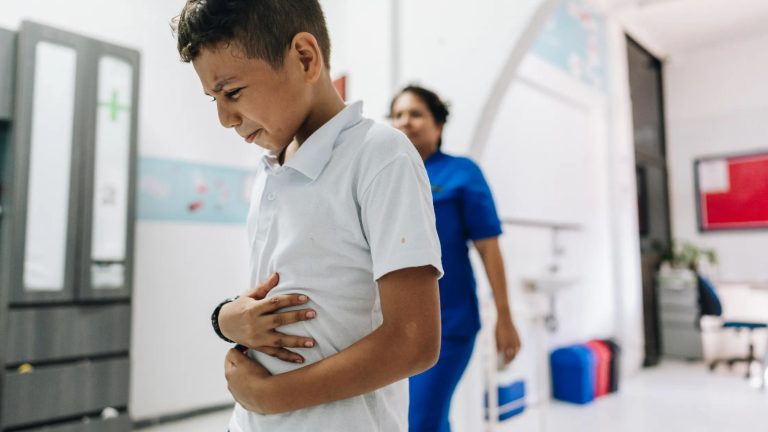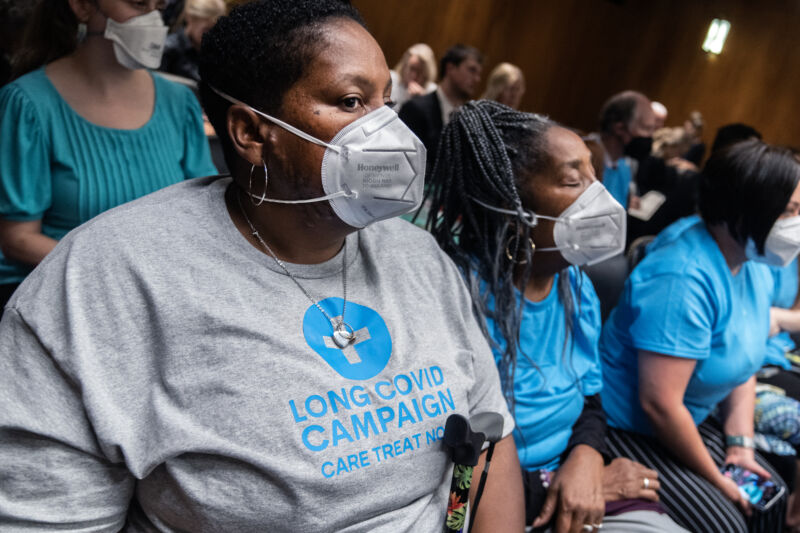Flu surges in Louisiana as health department barred from promoting flu shots
Flu season is ramping up across the US, but Louisiana—the state that has reportedly barred its health department from promoting flu shots, as well as COVID-19 and mpox vaccines—is leading the country with an early and strong surge.
Louisiana's flu activity has reached the "Very High" category set by the Centers for Disease Control and Prevention, according to the latest data. The 13-category scale is based on the percentage of doctor's visits that were for influenza-like illnesses (ILIs) in the previous week. Louisiana is at the first of three "Very High" levels. Oregon is the only other state to have reached this level. The rest of the country spans the scale, with 13 jurisdictions at "High," including New York City and Washington, DC. There are 11 at "Moderate," 10 at "Low," and 19 at "Minimal."
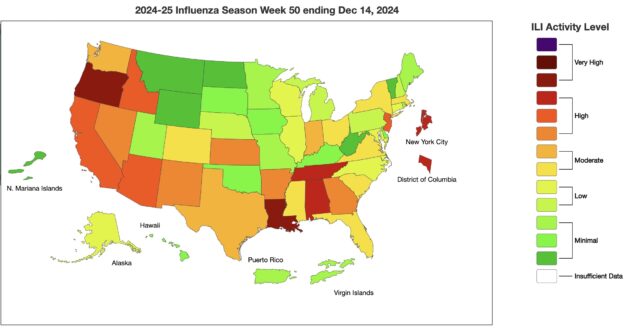 Map of ILI activity by state
Credit:
CDC
Map of ILI activity by state
Credit:
CDC
Last week, NPR, KFF Health News, and New Orleans Public Radio WWNO reported that the state had forbidden the health department and its workers from promoting annual flu shots, as well as vaccines for COVID-19 and mpox. The policy was explicitly kept quiet and officials have avoided putting it in writing.
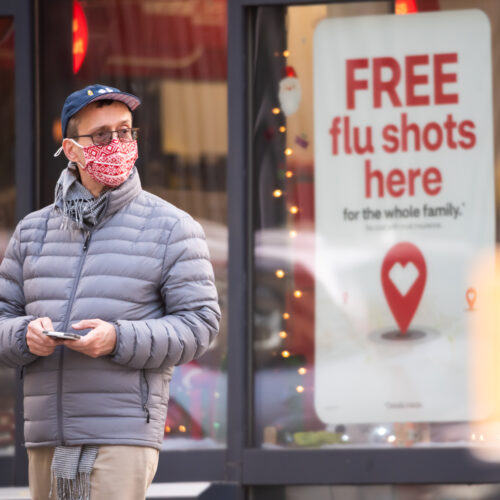
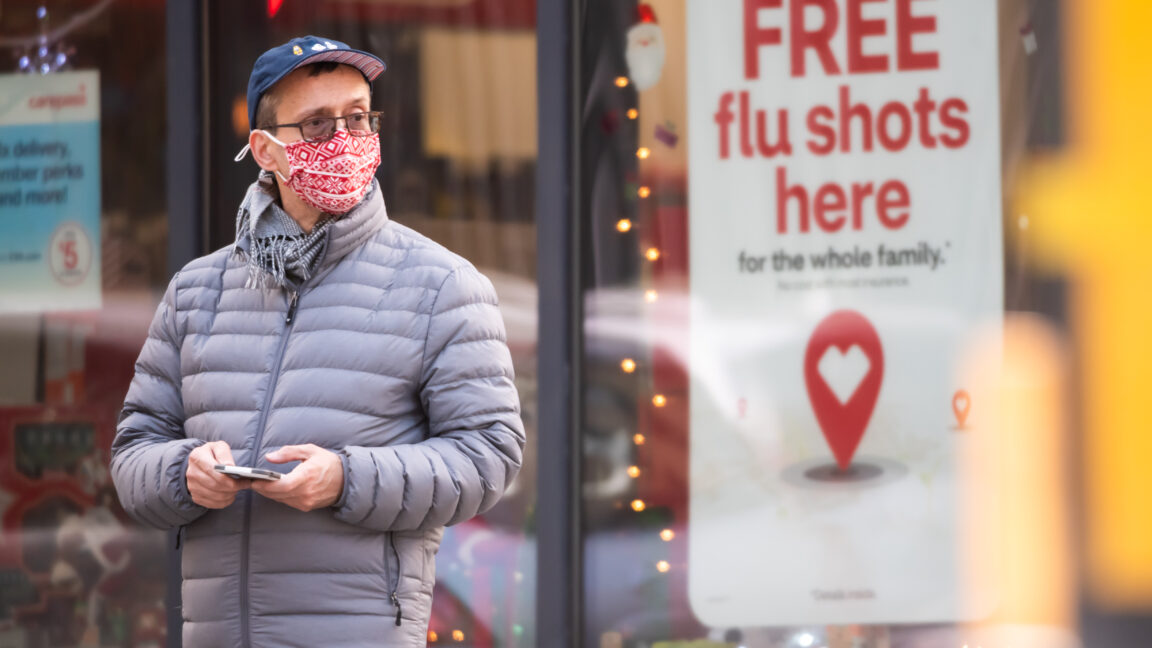
© Getty | Noam Galai




